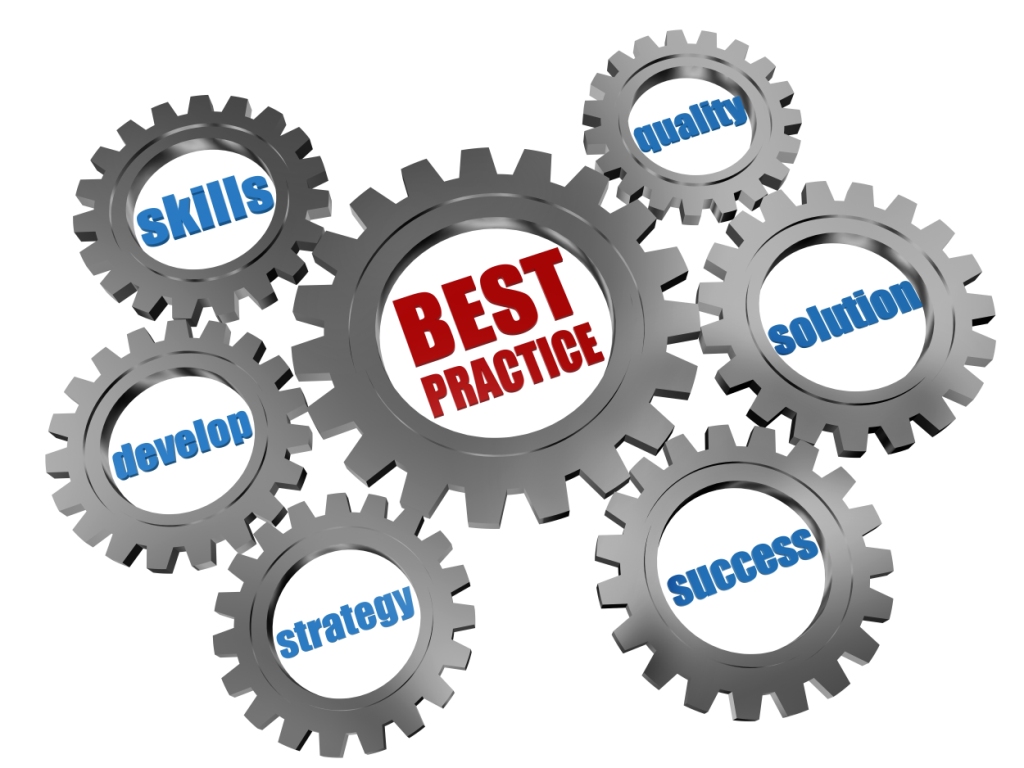Accounting
The Ultimate “Best Practice” for Accounting Firms
The summer and fall months officially kick off conference season. Where you send out your best and brightest to learn and explore from their peers and “bring back great ideas”. And many conferences do their part to help facilitate the sharing of great ...
Aug. 19, 2016

Conference Season.
The summer and fall months officially kick off conference season. The time when you send out your best and brightest to learn and explore from their peers and “bring back great ideas.” And many conferences do their part to help facilitate the sharing of great ideas through “best practice roundtables” and asking speakers to share their own best practices that they’ve seen tried within firms. This all sounds well and good except for one fundamental flaw that those of us in the Lean world identify way too often in organizations: It’s not just taking the idea that counts. What matters is:
- Identifying how these ideas actually help solve a problem and will lead to improvement within your organization; and
- Strategically deploying these new ideas and getting buy in to actually implement them.
That’s right – there’s a problem with sharing best practices and thinking these are the long-awaited silver bullets you’ve been missing. How does it fit within your organization? How does it fit your culture? Your personnel? Is it solving an actual problem you have or does it just add more clutter, stacking, and convolution to an already convoluted process that you have? Unfortunately, I see many firms that fail to answer any of these questions before “implementing” these best practices. And the lackluster results and lack of firm-wide adoption of these ideas speak for itself. Then we repeat the cycle next year.
Following a proven roadmap.
This is where the structured and formal approach of the Lean Six Sigma D-M-A-I-C model (Define, Measure, Analyze, Improve and Control) can be the differentiator and catalyst your organization needs. It’s not that the best practices are wrong. What is crucial, however, is that you identify which ideas and best practices actually will solve problems your organization is facing. Not just on paper but in reality. The ideas that, when strategically inserted into your opportunity areas, will lead to optimal results.
- Define – Define the problem that you are trying to solve. This includes identifying the specific process that you want to improve (i.e., business tax, individual tax, client accounting services, audit, billing, etc.) and setting expectations and timelines for the project.
- Measure – Map out the current process step by step. Document what is REALLY happening instead of what SHOULD be happening. This helps identify the areas of opportunity in the process.
- Analyze – Put the current process under a microscope to identify the wasteful activities in the process, work loops and quality issues. Ultimately, identify the areas of opportunity.
- Improve – Develop ideas and solutions into the areas of opportunity discovered during the Analyze phase and develop the new and improved process.
- Control – Develop a plan to train, rollout and implement the new process, sustain buy-in and encourage continuous improvement!
This model is quite simple, actually. By defining process objectives, measuring the current state of your process, and analyzing that current state to identify where your deficiencies are, you know where to focus your improvement ideas. You don’t appear scattered with your changes. Instead, you’re focused. You build a case for change. And you explain the ever crucial “why” to everyone that needs to buy in to show how certain ideas and best practices actually solve real-world issues you are facing. This makes the Control phase (aka “Buy In”) much smoother.
Firms and organizations that use this approach to process improvement report and realize far greater productive results than organizations only concerned with accumulating and trying to deploy best practices in a shotgun manner. It’s a much more structured and proven approach.
Are you engaged in accumulating best practices or creating results?
I like to make the statement that the ultimate best practice is following the DMAIC roadmap to select and deploy individual best practices. Does it take time and effort? Yes. Does it require developing strategies around buy-in and thinking ahead? Yes. Do you need to build a case for change? Yes. But you can either spend that time now and build a culture around continuous improvement and optimal process performance to better serve clients. Or you can take the easy way out and force feed best practices into your firm in a scattered approach. This will cost you far more – multiples of the DMAIC roadmap investment – year after year, repeating this vicious cycle with more best practices next year.
“The definition of insanity is doing the same thing over and over again and expecting different results.” – Albert Einstein
If your firm has struggled deploying best practices and one-size fits all ideas in the past, why don’t you try something different this year? The secret many CPA firms are discovering is that by following the Lean Six Sigma process improvement model (DMAIC) they are changing from one-off small gains to transformational firm gains to productivity and client service. Lean Six Sigma enables your firm to properly align your people and processes with your technology. And, ultimately, build an organization that lives and breathes a culture of continuous improvement.
